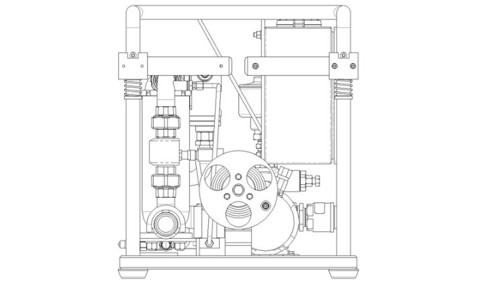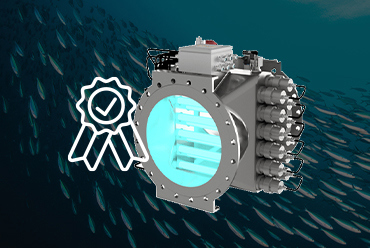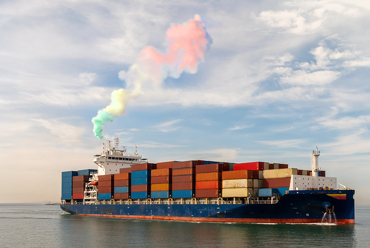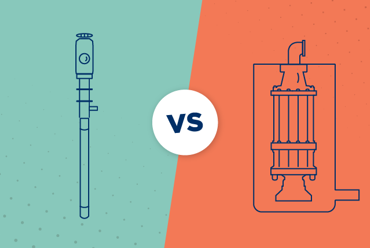
November 2025

May 2016
All around the world Drone activities are increasing. Going from extremely sophisticated survey and attack drones to drones for fun. The drones you buy in toyshops are most likely battery operated. However, batteries are still rather heavy, meaning the more sophisticated drones are using fuel like air fighters.

DESMI is known for building refueling systems for especially Helicopters, both systems used onshore and systems used onboard vessels. Both ground refueling and Helicopter In Flight Refueling (HIFR). Based on the knowledge that DESMI is experts within refueling system, DESMI Ltd. in the UK was contacted regarding a refueling unit dedicated to Drone Aircraft in the field.
Regardless the Drone Aircraft Refueling System physically should be small, it should still include all the standard components in aircraft refueling: Filter with water separator, flow meter-recorder, pressure control switch to pump 100 liter/min at 3 bar, and of course hoses with dedicated nozzle. And not least, the unit should be Atex approved.
As an additional challenge, the task was to have the first prototype ready within five weeks. Having a team with a lot of experience, and a never failing readiness to take a challenge, the DESMI team managed to have the prototype ready within the very limited period.
The prototype was demonstrated at a DESMI Ltd. workshop. Unfortunately, we had no Drones flying around our premises, but at this first test, refueling into a tank was enough. The client was very happy with weight and operation of our Drone Refueling Unit.
As always when having extremely short delivery time, you will not be able to deliver the technically and commercially optimum system. Therefore, after seeing the concept as such was fulfilling the client’s expectations, DESMI was now given six months’ time to build four units. Meaning now the optimum components could be sources, a little less weight could be achieved, etc. Further, we tested the units intensively before shipping the units to the client. When being involved in a new market, where you see a potential, you really want to be prepared and do not want to be in a situation where no fuel is entering the Drones.
This time the units were tested “in action” with real Drone refueling. It is always more exiting refueling a Drone instead of a tank. The client specified the pump should be 230V as they already had available generators used for smaller applications.
When starting the Drone refueling pump, the generator died. This is a nightmare for all commissioning staff; our system is not working when many people is present. Sometimes such a situation ends badly. A lot of endless, not very constructive discussions having one item: Who to blame? However, sometimes something bad ends luckily; and so it did this time. Especially due to the technical skill among the client’s staff. It was quickly realized that the client’s generator was too small for the pump. This incident opened the discussion whether 230V was the right voltage for this application; working in the open under all kind of weather conditions.
From a safety point of view 24V DC is better for such applications compared to 230V or even 400V. Therefore, the incident led to the conclusion that the system should be re-designed for 24V DC. In conjunction with the client, we went through the specifications of the unit in general. Conclusion was that a little les flow capacity could be accepted.
Based on the new specifications DESMI achieved building a 24V DC unit with Atex zone 21 certificate. This saved some weight as the 230V motor is rather heavy. Further, the new flow requirements opened for using ROTAN CC26EM pump. This positive displacement pump is known for small weight and volume, and being very price competitive. Further, the relatively low rpm for positive displacement pumps caused less emulsion of water in the fuel, if water should be present.
After this modification, the unit was tested again, in real action with the client’s generator. This time without any problems. The unit is now in the process of being codified – meaning being registered in the NSN – NATO Stock number system.
Now DESMI is in the situation that we can offer Aircraft Refueling systems for literally all types of aircrafts and aircraft applications; From Fixed wing, Helicopters to Drone Aircraft. This includes civilian applications as well as military applications.



November 2025

October 2025

October 2025

September 2025